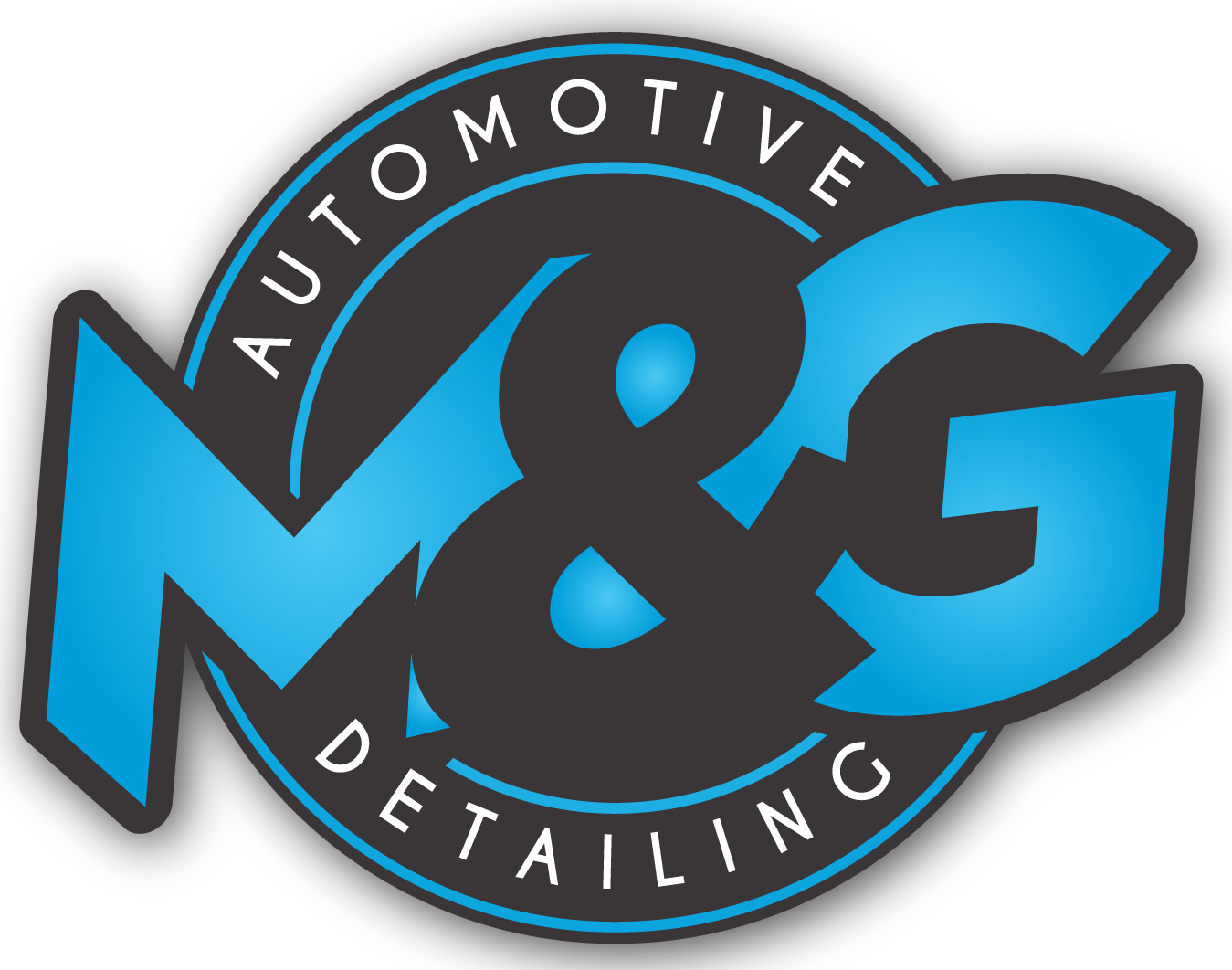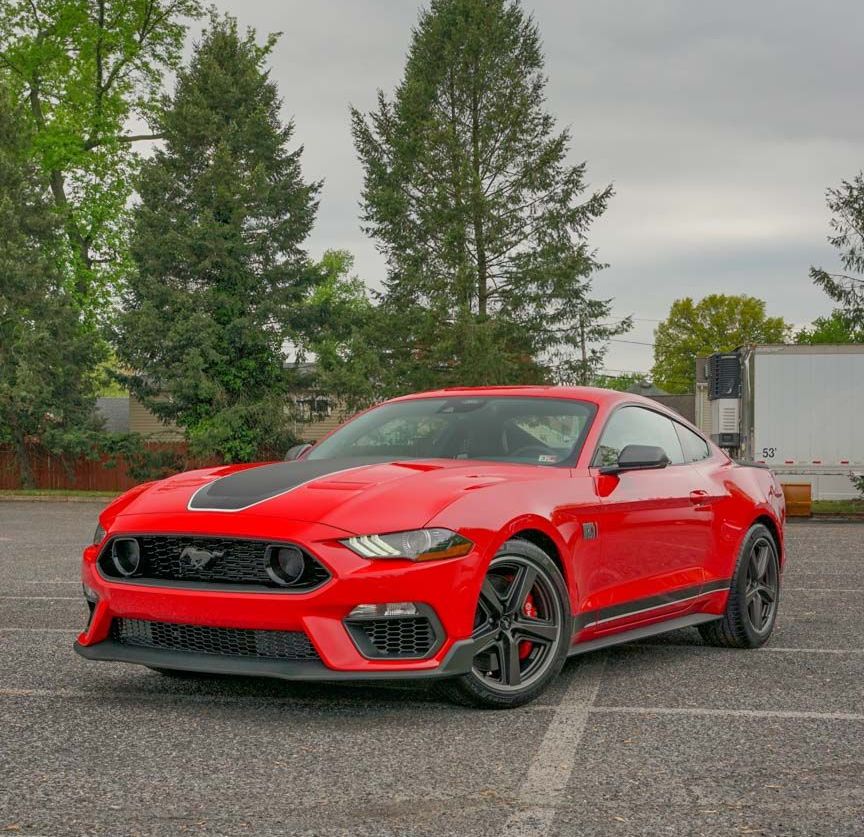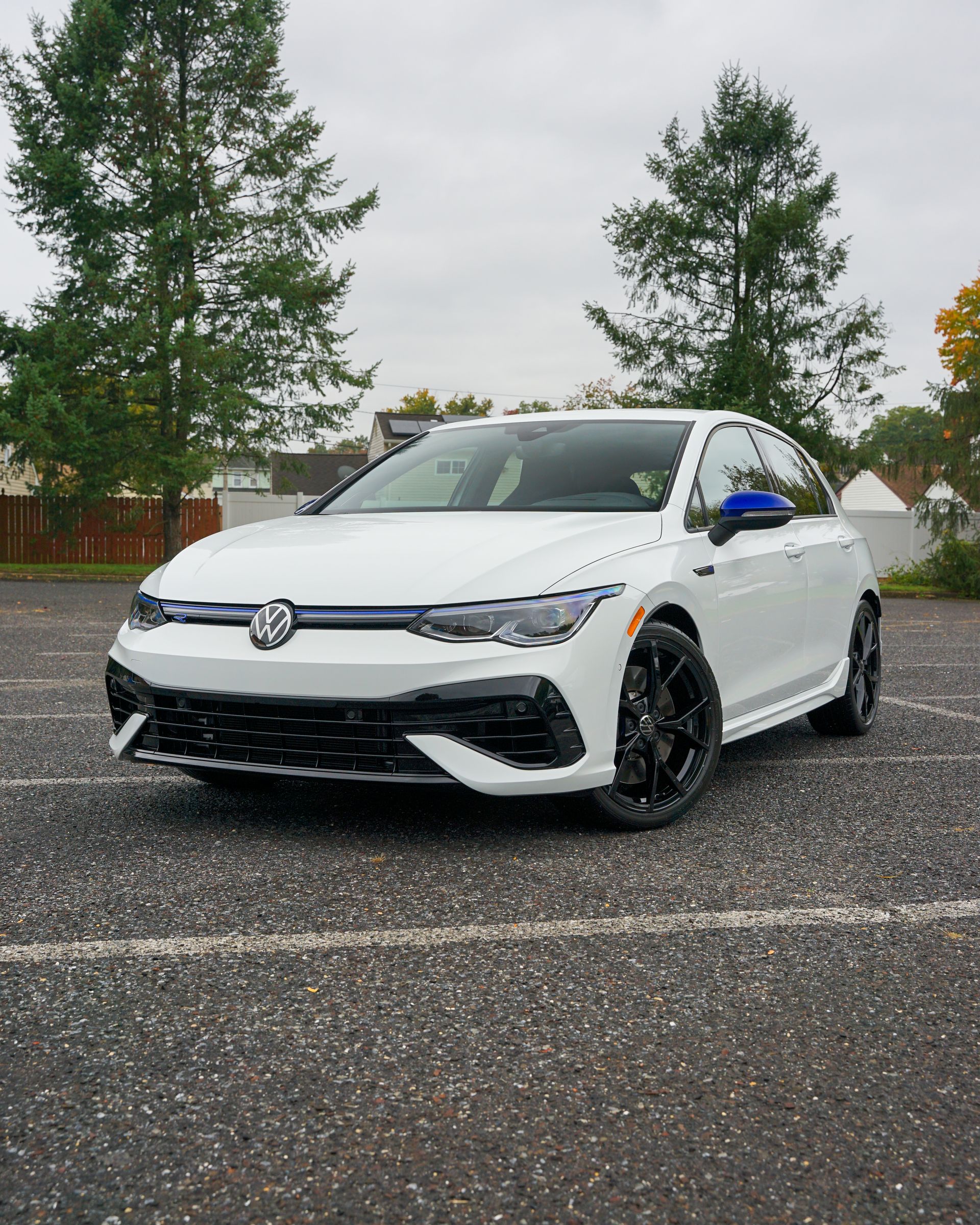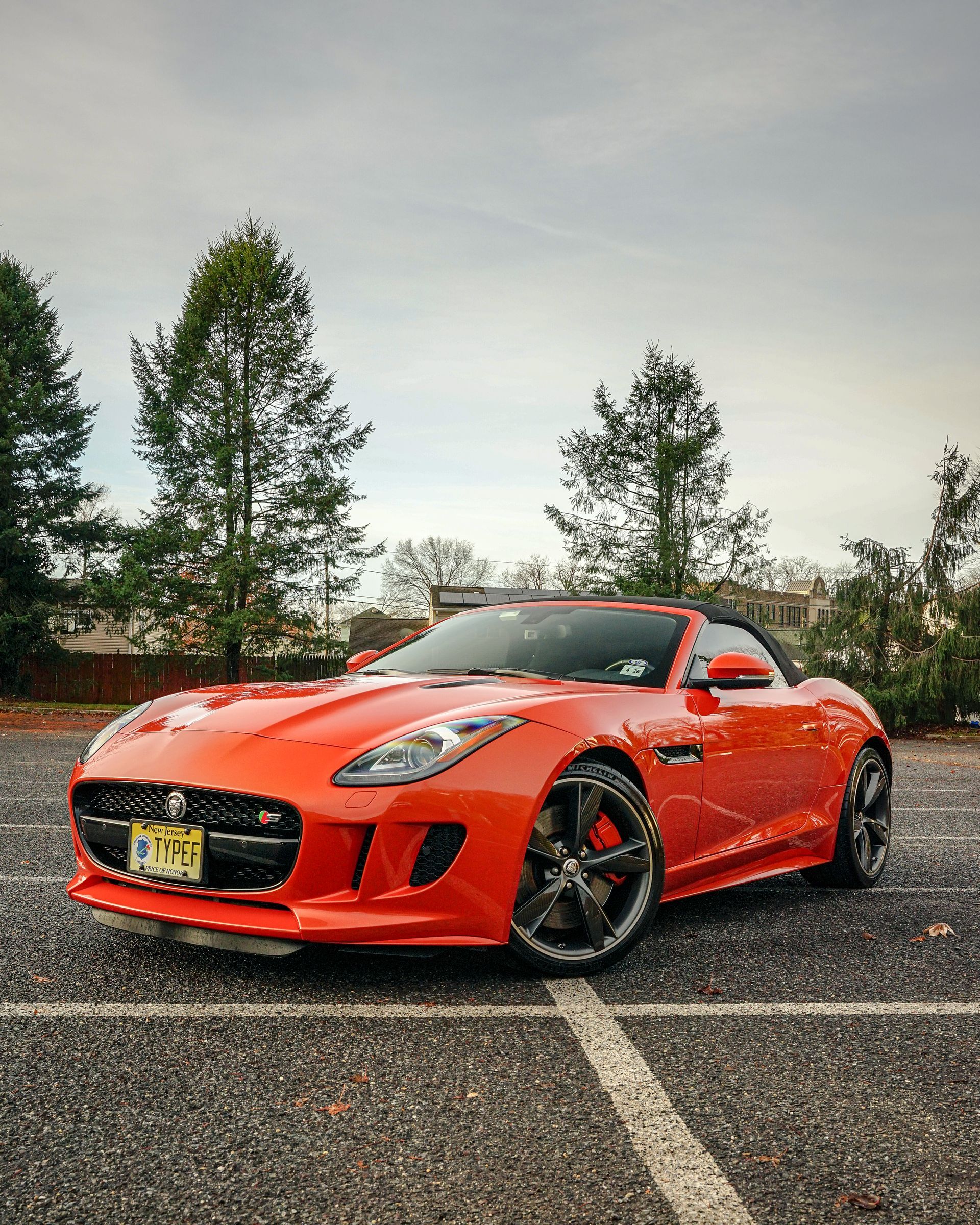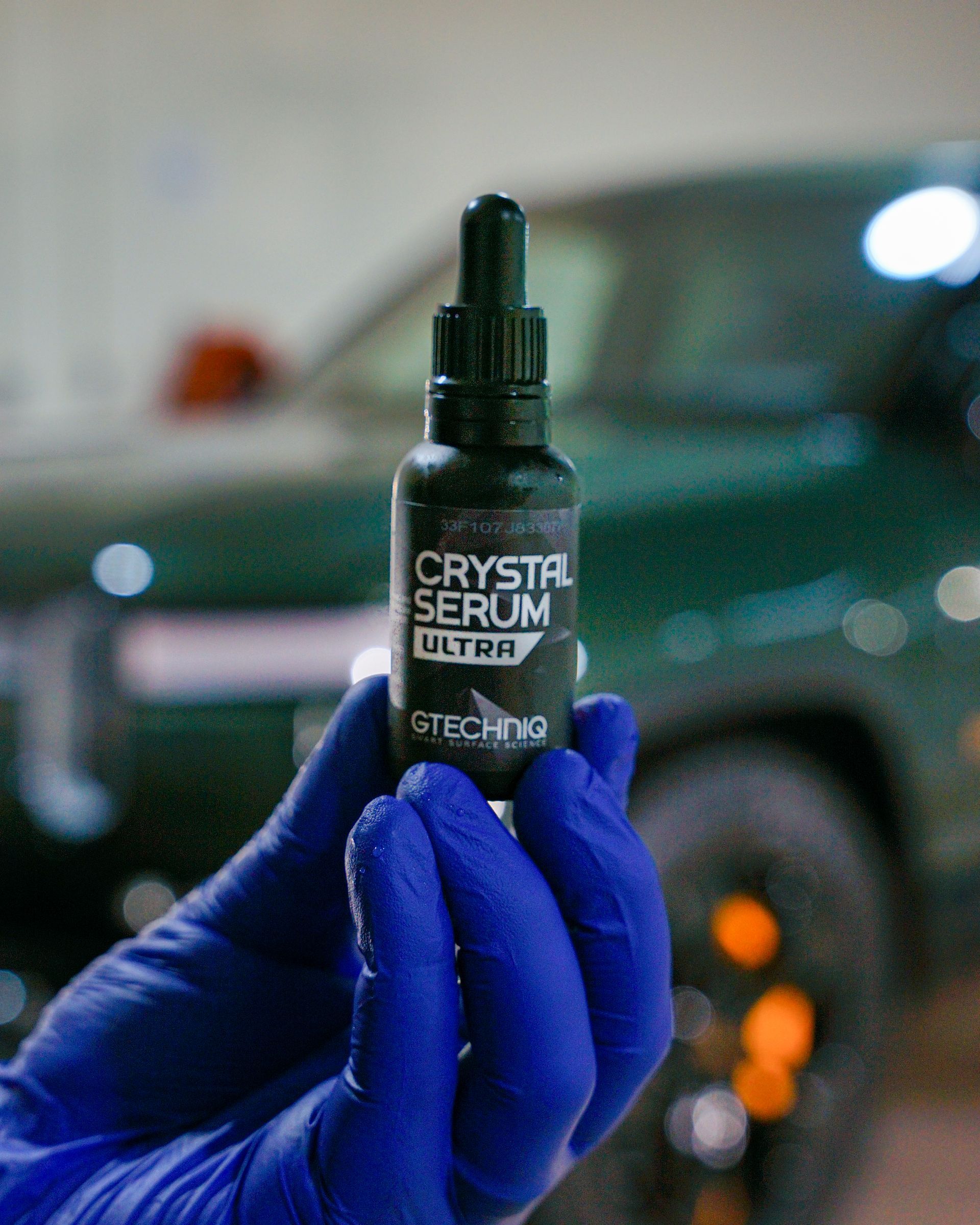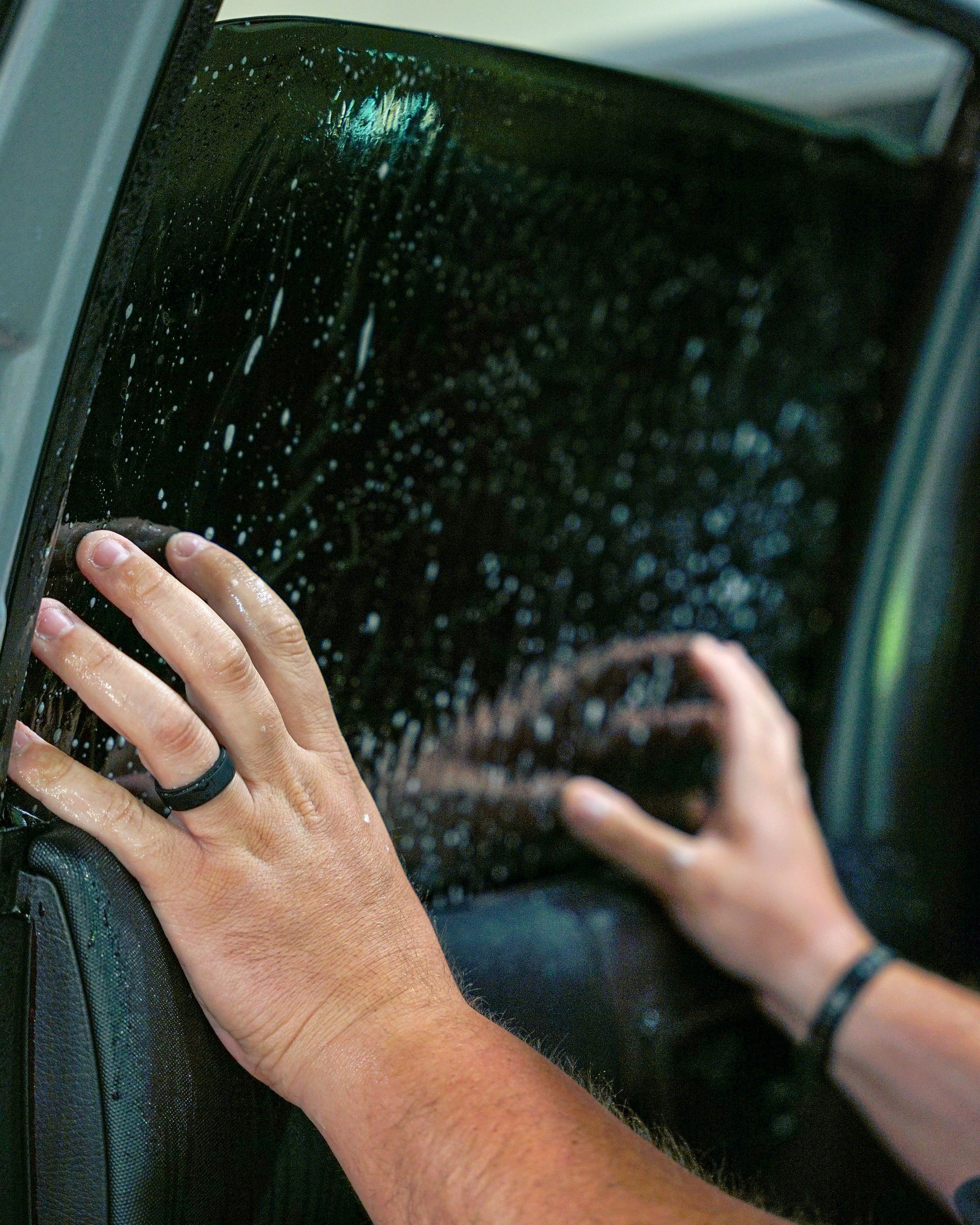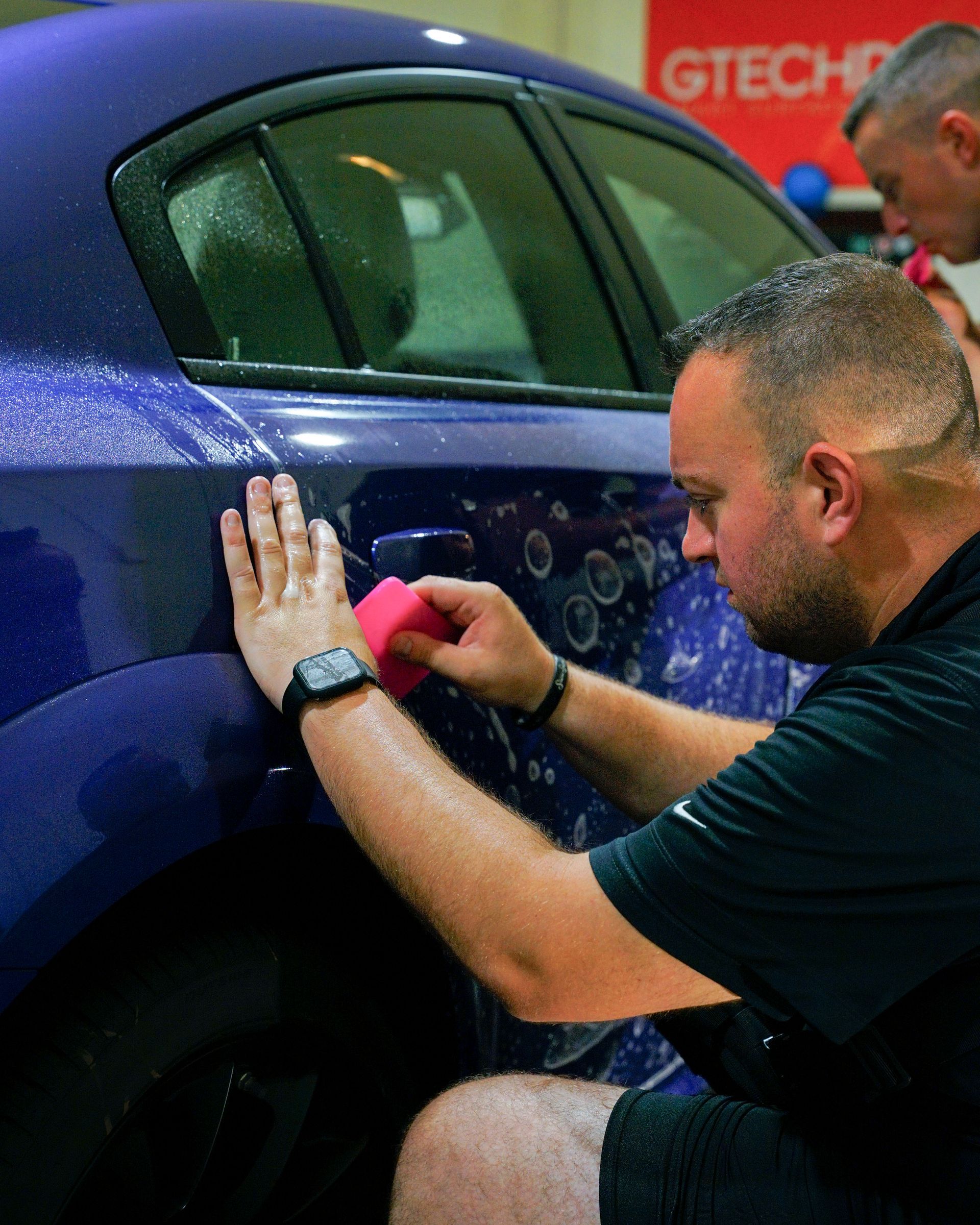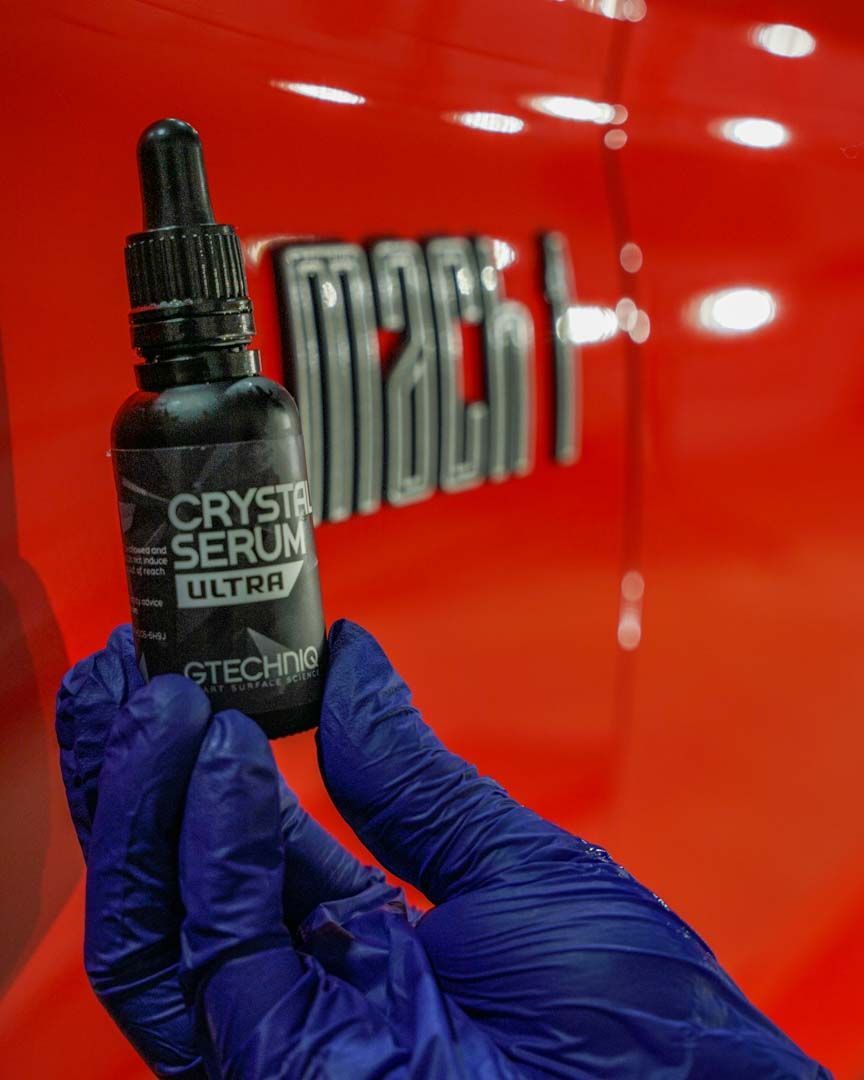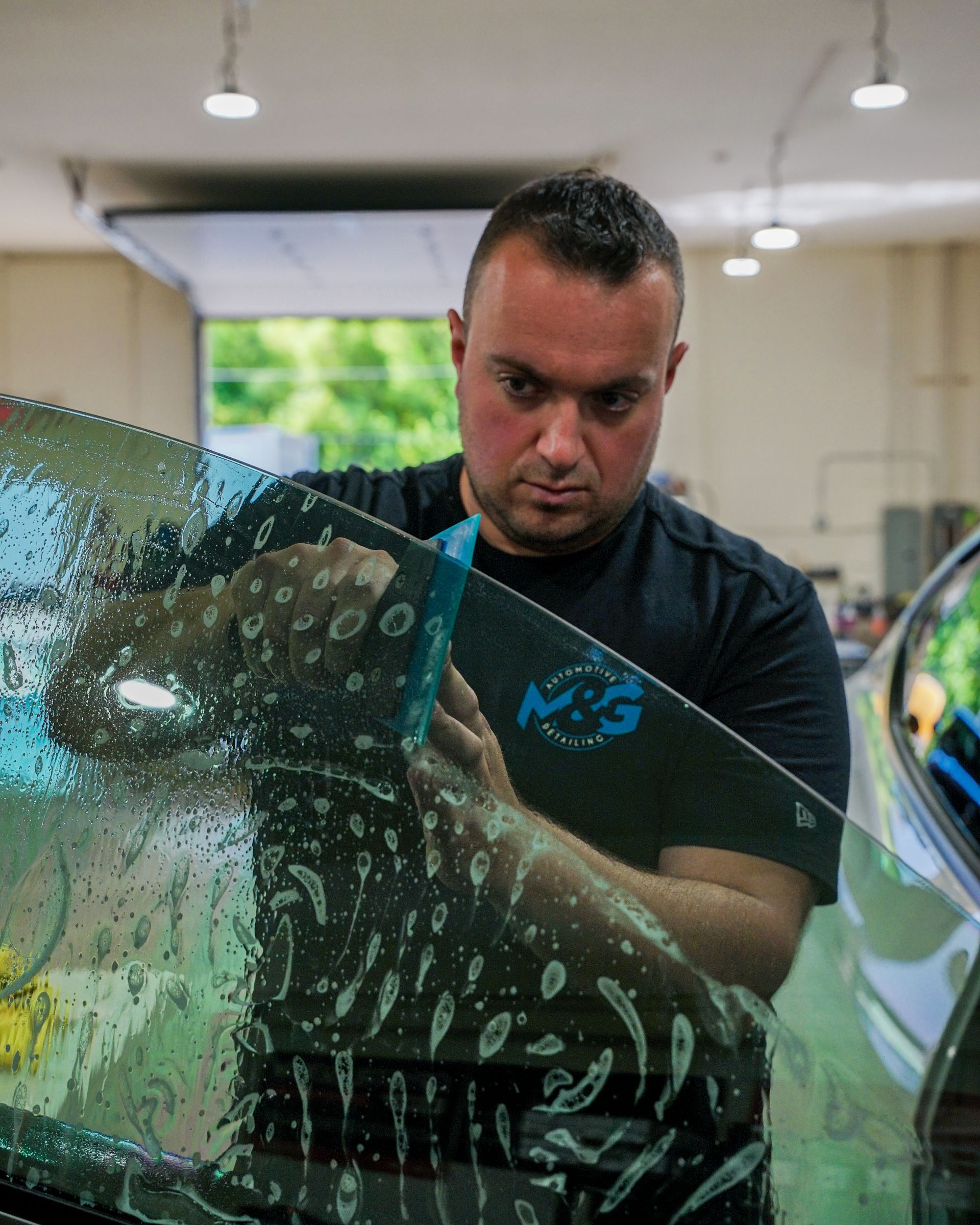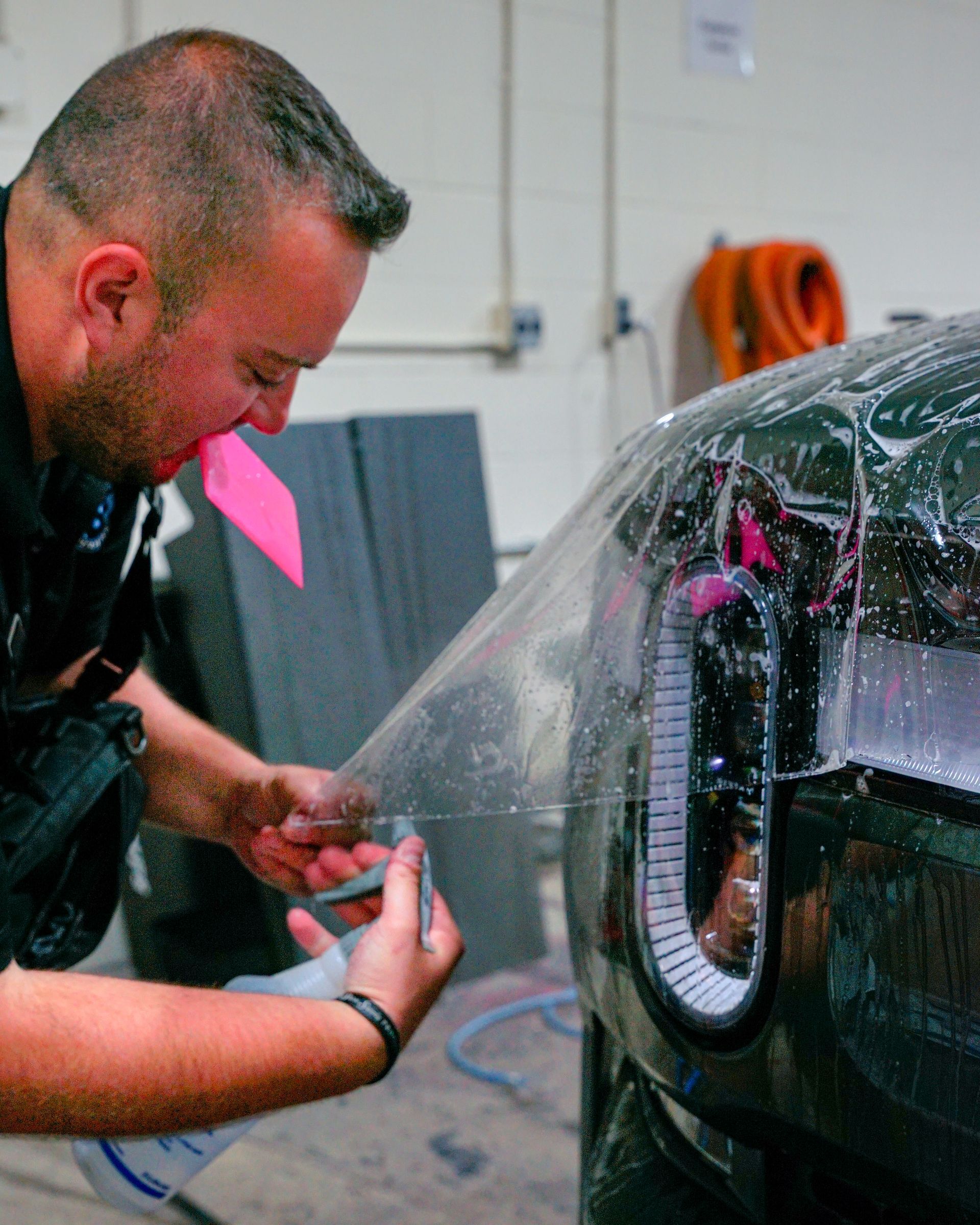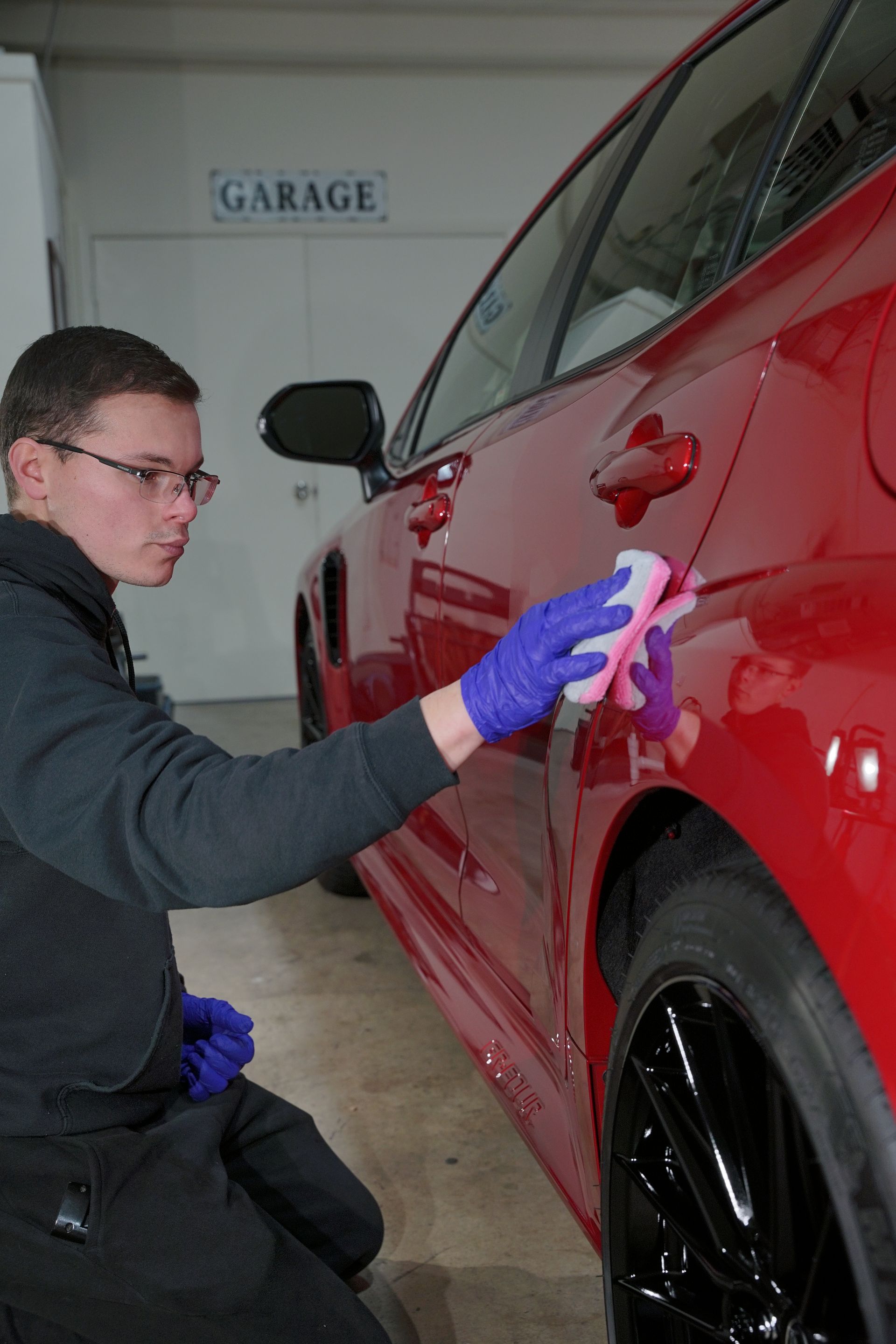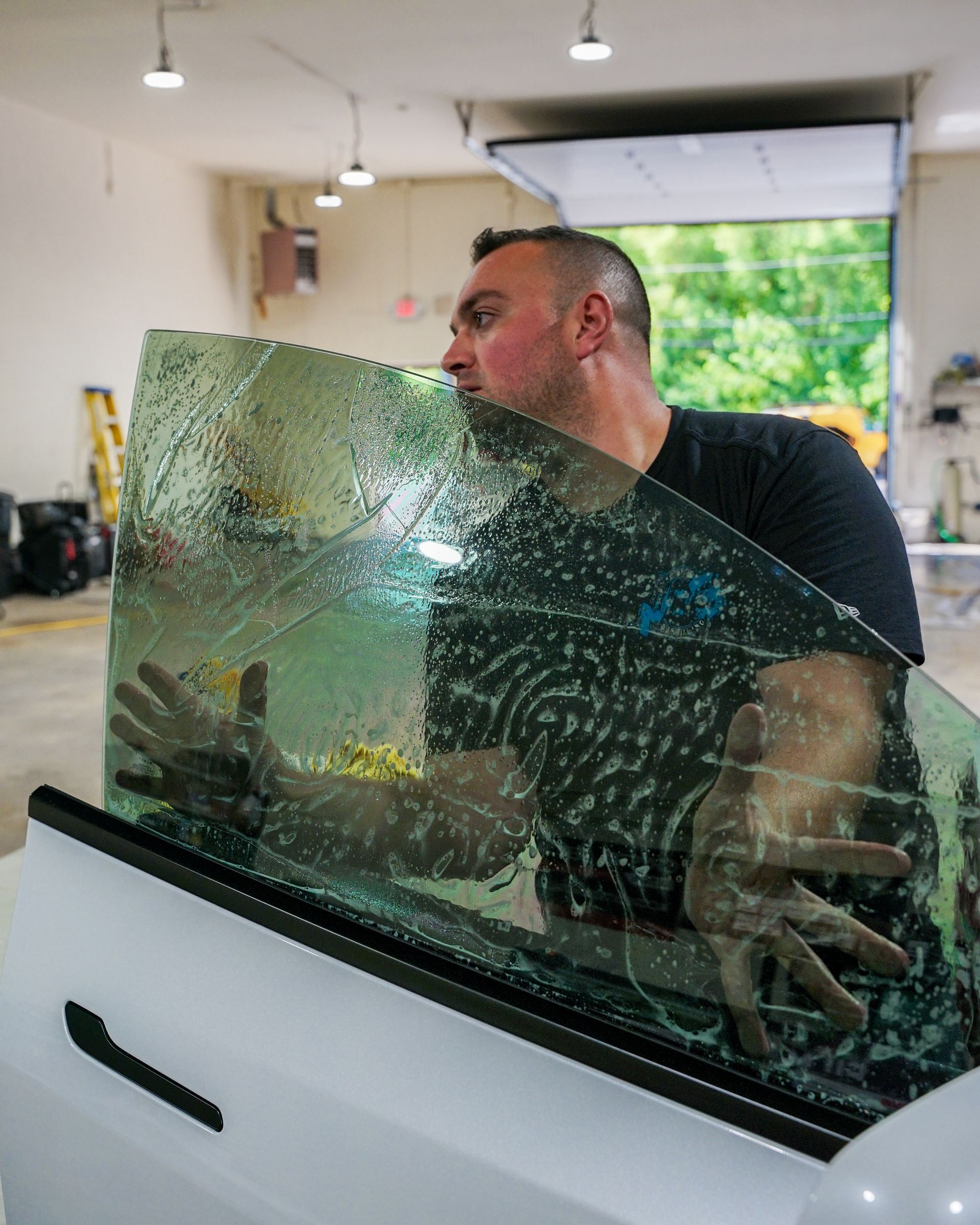Ceramic Coating vs. Waxing: The Best Option for Car Owners in Haddonfield, NJ?
Are you on the hunt for the perfect defense against environmental contaminants, dirt and weather elements for your prized possession? As technology accelerates in 2024, the car preservation industry will not be left behind. This blog post pulls back the curtain on two of the top car protection methods cherished by Haddonfield, NJ, residents-ceramic coating and waxing.
In Haddonfield, NJ, ceramic coating has emerged as the top choice for long-lasting and durable automobile protection. While waxing provides a temporary shine, ceramic coatings offer superior resistance against UV rays, chemicals, and other environmental contaminants. They provide a longer-lasting protective layer that requires less maintenance and upkeep compared to waxing.
Ceramic Coating Explained
When it comes to car protection in Haddonfield, NJ, one option that has gained significant popularity in recent years is ceramic coating. But what exactly is ceramic coating and why is it a preferred choice for car enthusiasts? Ceramic coating, also known as nano-ceramic coating or glass coating, is a liquid polymer that is applied to the exterior of a vehicle. It forms a protective layer that bonds with the paintwork of the car at the molecular level. Unlike traditional waxing, which sits on top of the paint, ceramic coating actually becomes a part of the surface. This creates a durable and long-lasting barrier that can safeguard your vehicle's paint from various environmental hazards.
Applying ceramic coating requires precision and expertise. The process typically involves thorough cleaning and preparation of the car's surface before applying the product. Once applied, the coating needs to be allowed to cure properly, usually through heat or infrared lamps. Professional assistance from experts like M&G Automotive Detailing is highly recommended for achieving optimal results.
Protective Benefits of Ceramic Coating
Apart from its aesthetic appeal, ceramic coating offers a range of protective benefits that make it an attractive option for car owners.
- Enhanced Resistance Against Environmental Contaminants: One of the standout features of ceramic coating is its ability to provide superior resistance against environmental contaminants compared to traditional waxes or sealants. The durable layer created by the ceramic coating acts as a barrier against dirt, pollutants, and more.
- UV Protection: The harsh rays of the sun can cause significant damage to your vehicle's paintwork over time. Ceramic coating offers excellent protection against harmful UV rays, preventing the paint from fading or oxidizing. This helps to maintain the vibrant and glossy appearance of your car for a longer period of time.
- Chemical Resistance: Everyday contaminants, such as bird droppings, tree sap, and insect acids, can wreak havoc on your car's exterior finish if left untreated. Ceramic coating creates a hydrophobic surface that repels water, dirt, and other pollutants. This makes it easier to clean your vehicle while providing a shield against chemical damage.
- Longevity: Unlike traditional waxes or sealants that may need frequent reapplication, ceramic coatings are designed to be highly durable. When applied correctly and maintained properly, they can last for several years without losing their protective properties. This saves you both time and money in the long run.
- Easy Maintenance: Ceramic coating significantly reduces the maintenance required to keep your car looking its best. Its hydrophobic properties make washing easier, as dirt is less likely to adhere to the coated surface. Additionally, the smoothness of the coating makes drying faster and minimizes water spots.
With its exceptional level of protection and ease of maintenance, it's no wonder that ceramic coating has become a preferred choice for car enthusiasts in Haddonfield, NJ.
Understanding Waxing for Vehicles
Waxing has been a popular method for enhancing a vehicle's appearance for decades. It involves the application of a wax product to the painted surface, providing temporary protection and a glossy finish. While it may not offer the same level of durability as ceramic coating, waxing still holds its own advantages.
One of the notable benefits of waxing is its ease of use. Unlike ceramic coating, which requires professional application and expertise, waxing can be done at home with relative simplicity. Many car enthusiasts find pleasure in applying wax themselves, enjoying the hands-on process and taking pride in the showroom-like finish they achieve. However, it's crucial to note that wax is not as long-lasting as ceramic coatings. The protective layer tends to wear off relatively quickly compared to its ceramic counterpart. Therefore, frequent reapplication is necessary to maintain the appearance and protection offered by waxing.
Ceramic Coating vs. Waxing: A Detailed Comparison
When it comes to car protection in Haddonfield, NJ, one of the essential decisions you'll need to make is whether to opt for ceramic coating or waxing. Both options have their advantages and unique properties that contribute to enhancing the appearance and protection of your vehicle. Here is a detailed comparison to help you make an informed choice.
Ceramic coating is a liquid polymer that chemically bonds with the vehicle's paintwork. This process creates a protective layer that shields against UV rays, dirt, chemicals, and other environmental contaminants. The long-lasting nature of ceramic coatings means they can protect your car for up to several years with proper maintenance. On the other hand, waxing involves applying a thin layer of wax to the car's surface to provide protection and shine. Wax acts as a sacrificial barrier that shields the paint from environmental elements. However, unlike ceramic coatings, wax tends to wear off over time and requires frequent reapplication.
Ceramic coatings are known for their exceptional durability. Once cured, they create a hard shell that can withstand daily wear and tear better than traditional wax. Regular washing is usually enough to keep the coated surface clean, thanks to its hydrophobic properties that repel water and contaminants. In contrast, wax requires more frequent reapplication to maintain its protective qualities. While this can be seen as a disadvantage in terms of longevity, some car enthusiasts prefer the ritualistic aspect of regular waxing sessions as it allows them to connect with their vehicle on a deeper level.
Another significant factor to consider is the cost. Ceramic coatings typically involve a higher upfront investment due to their longevity and more complex application process. On the other hand, waxing is generally more affordable but may require frequent purchases as it needs to be reapplied regularly. Ultimately, the choice between ceramic coating and waxing comes down to your specific needs, preferences, and budget. If you're looking for long-term protection with minimal maintenance requirements, ceramic coating may be the way to go. However, if you enjoy the hands-on approach of regular maintenance and want a more budget-friendly option, waxing can still provide satisfactory results.
Choosing the Best Option in Haddonfield, NJ
Now that we've explored the differences between ceramic coating and waxing, it's time to consider which option is best for car protection in Haddonfield, NJ. The answer depends on various factors, such as your lifestyle, driving habits, and overall goals for your vehicle's appearance. If you live in an area with harsh weather conditions or frequently encounter road debris and contaminants, ceramic coating might be the ideal choice. Its durability and resistance to UV damage and chemical stains will provide enhanced protection against these elements. Additionally, if you value convenience and are looking for long-lasting results without the need for frequent maintenance, ceramic coating can offer substantial benefits.
On the other hand, if you enjoy spending time caring for your vehicle regularly or prefer a more traditional approach to car maintenance, waxing might be a suitable option for you. Waxing allows you to connect with your car on a personal level while providing reasonable protection from environmental factors. Moreover, if budget is a primary concern or if you prefer having flexibility in changing the appearance of your vehicle through different wax types, waxing remains an attractive choice.
Ultimately, the best protection option for you in Haddonfield, NJ, boils down to your personal preferences, lifestyle, priorities, and budget. Consider the pros and cons of each method in relation to your specific needs before making a decision that will enhance your car's longevity and appearance.
M&G Automotive Detailing: Top Choice for Ceramic Coating Service in Haddonfield, NJ
Elevate your vehicle's aesthetics with M&G Automotive Detailing, the top choice for ceramic coating service in Haddonfield, NJ. Our seasoned experts combine precision and passion, ensuring your car receives unparalleled protection and a radiant finish. With a commitment to excellence and innovative techniques, we stand as the premier destination for automotive enthusiasts seeking the highest quality ceramic coating services. Trust M&G Automotive Detailing to transform your car into a stunning work of art, providing not just visual appeal but also long-lasting resilience against the elements. Drive with confidence and distinction—choose M&G Automotive Detailing for the epitome of ceramic coating expertise in Haddonfield!
